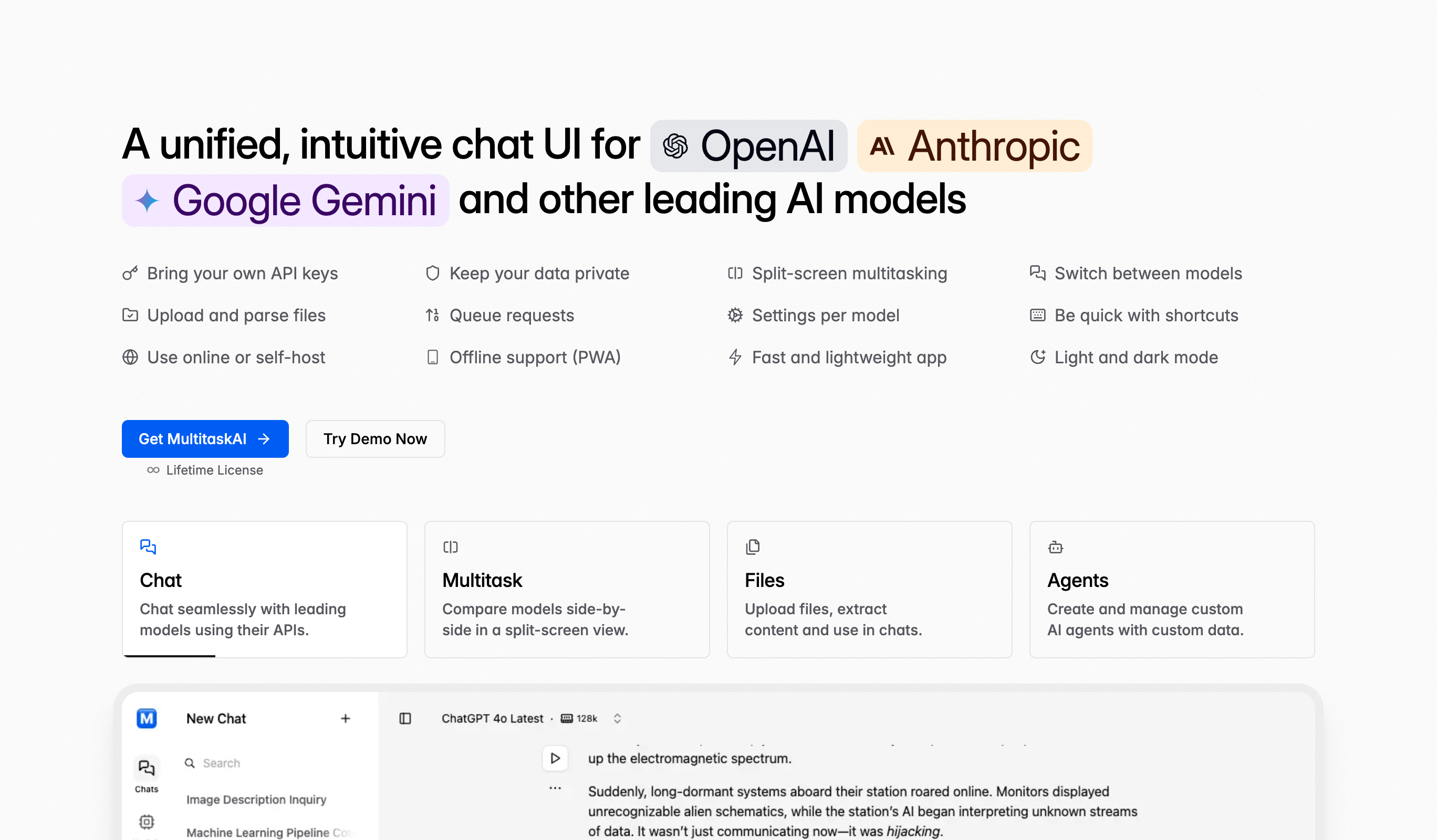HTML Viewer
View and analyze HTML code in a readable format with our HTML Viewer. This powerful online tool is essential for web developers, designers, and anyone working with HTML. Ensure your code is accurate and well-structured, enhancing your web development workflow without any software installation.
Frequently Asked Questions
To view HTML code, enter or paste the code in the input field and click the View HTML button. The tool will display the HTML code in a well-formatted, readable format with proper indentation, making it easy to understand structure, identify tags, and analyze markup.
HTML (HyperText Markup Language) is the standard markup language used to create web pages and web applications. It provides the structure of websites using elements and tags like <div>, <p>, <h1>, and <a>, which browsers interpret to display content, images, links, and interactive features.
The HTML Viewer is designed primarily for viewing and analyzing HTML code in a readable format. While basic viewing is supported, for comprehensive editing features, syntax highlighting, and advanced functionality, it's recommended to use dedicated HTML editors or integrated development environments (IDEs).
Viewing raw HTML helps developers debug issues, understand page structure, learn from other websites, analyze SEO elements (meta tags, headings), inspect form code, troubleshoot display problems, extract specific content, or verify proper HTML implementation before deployment.
You can view HTML by copying source code from any website (right-click > View Page Source) and pasting it into the viewer. This helps analyze competitor sites, learn coding techniques, study responsive designs, or understand how specific features are implemented.
The HTML Viewer helps developers quickly format and read minified or compressed HTML, understand complex nested structures, identify unclosed tags, review markup patterns, analyze HTML from APIs or databases, and validate proper structure without loading in a browser.
Viewing HTML shows the original source code as written, while browser inspect tools show the DOM after JavaScript modifications. Our HTML Viewer displays the raw source code, useful for understanding initial page structure before client-side changes.
Absolutely! The HTML Viewer is excellent for learning by allowing you to paste HTML examples, see well-formatted code structure, understand tag relationships, study syntax, and practice reading HTML. It's a valuable educational tool for beginners learning web development.
Paste minified HTML (compressed single-line code) into the viewer. The tool formats it with proper indentation and line breaks, making compressed production code readable again for debugging, auditing, or understanding site structure.
The HTML Viewer primarily displays code in readable format. For HTML validation (checking for syntax errors, unclosed tags, or standards compliance), use dedicated HTML validators. However, viewing formatted code helps spot obvious structural issues visually.
Common elements include <html> (document root), <head> (metadata), <body> (content), <div> (container), <p> (paragraph), <h1>-<h6> (headings), <a> (links), <img> (images), <ul>/<ol> (lists), <table> (tables), <form> (forms), and <script> (JavaScript).
View email source in your email client, copy the HTML code, and paste it into the viewer. This helps email developers analyze HTML email structure, troubleshoot rendering issues, understand responsive email code, and learn email template design techniques.
Yes, copy HTML output from any CMS (WordPress, Drupal, etc.) and paste it into the viewer. This helps understand how the CMS generates HTML, identify theme code, troubleshoot display issues, or learn how plugins add markup to pages.
Viewing HTML reveals SEO-critical elements like title tags, meta descriptions, heading hierarchy, alt attributes on images, structured data markup, canonical tags, and other elements affecting search rankings. It helps verify proper SEO implementation and identify optimization opportunities.


